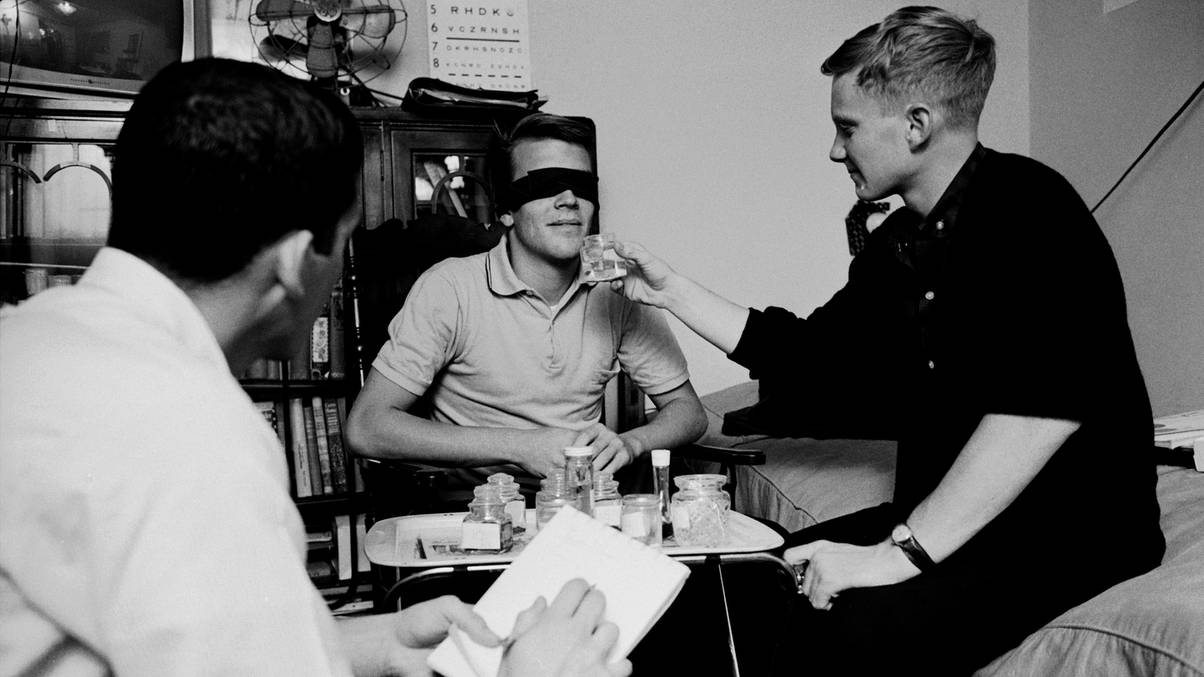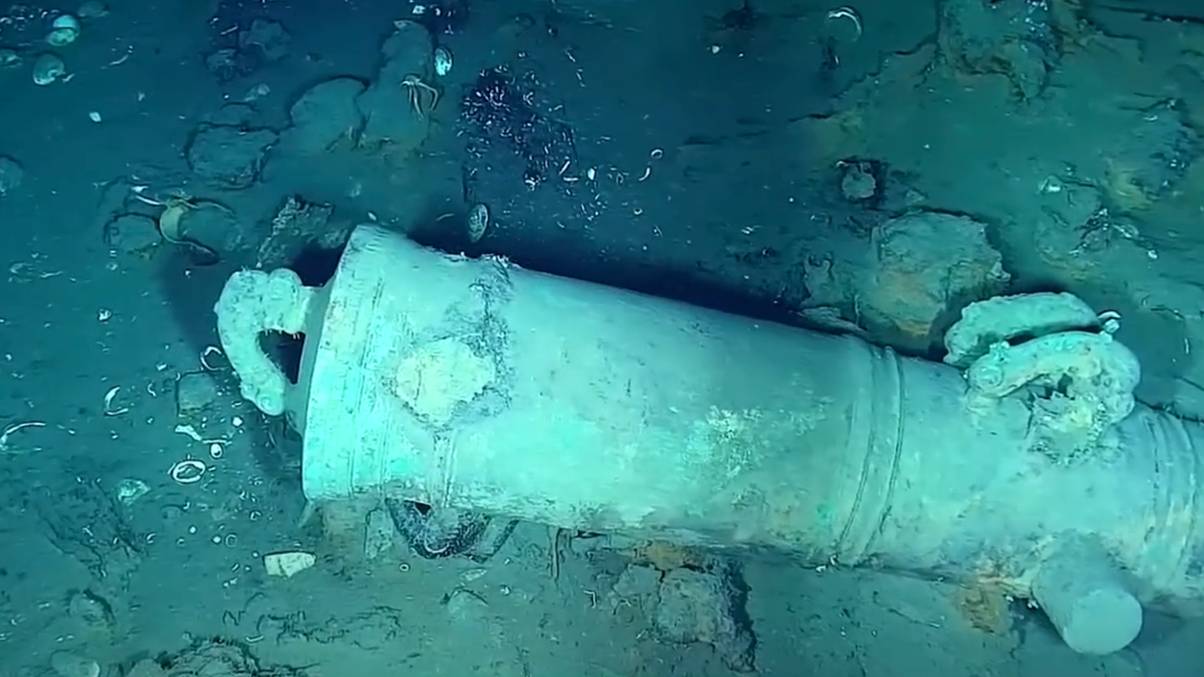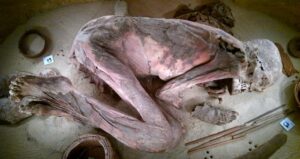“Unveiling the Truth: What Lies Beneath the Pyramids? Scientist Debunks the Myth of an Underground Egyptian City!”
Have you ever wondered what secrets lurk beneath the ancient Pyramids of Giza? Well, grab your magnifying glass because a group of Italian researchers recently claimed they’ve discovered a “secret underground city” complete with chambers and pipelines, 2,000 feet below! Sounds like a plot straight out of an Indiana Jones movie, right? But hold the phone—one esteemed scientist has slammed these claims as pure “bullsh*t.” Yes, you heard that right! The eminent Egyptologist Dr. Zahi Hawass, among others, is not buying it, insisting there’s been no evidence of anything significant aside from “small voids.” So, what happens when excitement meets skepticism in the world of archaeology? Let’s dig into the fascinating debate as popular figures, including YouTuber and physicist Sabine Hossenfelder, weigh in on this controversy. Buckle up, my friends! Because this might be one wild ride! LEARN MORE.
A scientist has hit back at the claims of a ‘secret underground city’ beneath the Pyramids of Giza, labelling them as ‘bullsh*t’.
Earlier this year, Italian researchers Corrado Malanga, Filippo Biondi, and Armando Mei claimed they’d discovered ‘vertical cylinders‘ some 2,000 feet below the ground, allegedly featuring chambers, pipelines and even a water system.
This was apparently thanks to the use of radar pulses sent underneath the pyramids.
In a statement – translated to English – Malanga, from the University of Pisa, said: “When we magnify the images [in the future], we will reveal that beneath it lies what can only be described as a true underground city.”
However, their findings were quickly described as ‘fake news‘ by scientists across the world, with many saying the suggestion that the Ancient Egyptians built a secret ‘hidden city underground’ had ‘no scientific basis’.
Dr Zahi Hawass, Egypt’s former minister of antiquities, also rubbished the research, calling it ‘completely wrong’.
Speaking to The National, he said the techniques used were ‘neither scientifically approved nor validated’, explaining that in all the decades of studies undertaken, no evidence of anything more than ‘small voids’ has been revealed.
And now the popular YouTuber and theoretical physicist Sabine Hossenfelder has hit back at the claims made by the researchers.
In her video, which has been viewed over one million times, she said the researchers have ‘randomly identified some structures in their tomography images and ignored others’.

The pyramids at Giza have puzzled historians for centuries (Edwin Remsberg/VWPics/Universal Images Group/Getty Images)
Hossenfelder added: “The major problem is that you need to have measurable vibrations in the first place.
“Volcanologists do this with seismic waves, which they track with sensors on the surface.
“Seismic waves typically have wavelengths in the range of 50 or 100 metres. The magma chambers which they map with this method are in that range too.
“While there are always some seismic waves that will also shake the pyramids a tiny little bit, they’re in the wrong wavelength range to identify small structures.”
The physicist noted: “There’s no plausible source for these vibrations which makes it unlikely that they have a signal to begin with.”
She went on to make a very valid point: if this method truly works, then why isn’t anyone else using it?
It’s also ‘crazy’ to the scientist that the master builders in Ancient Egypt would build something as heavy as pyramids on top of pillars.
It doesn’t take an architecture student to work out that that’s probably not the best idea.
Hossenfelder concluded: “In summary, the story gets a nine out of 10 on my bullsh*t meter.
“I’m not giving it a 10 out of 10 because maybe this method isn’t entirely crazy and just needs more work. But I’m pretty sure what they measure is just noise.”
As reported by the MailOnline, the Italian researchers have since claimed they have a ‘confidence level well above 85 percent’ that what they have found is the real deal.
However, their work has yet to be peer-reviewed so it seems the jury is still out on what they are claiming to have found.
But don’t worry, you can still hold out hope for Atlantis and the Loch Ness monster.

.jpg)












